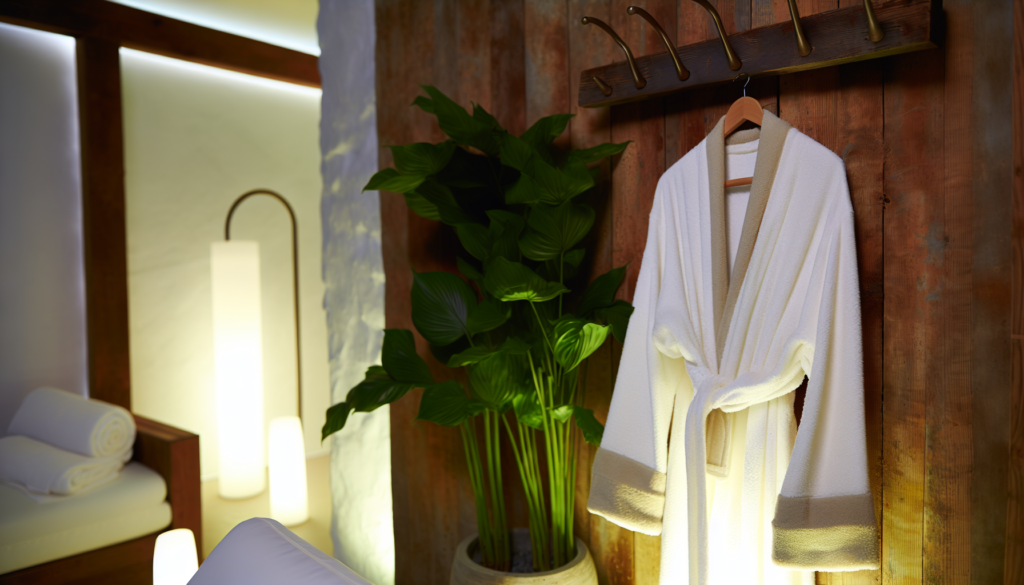Dealing with combination-oily skin can sometimes feel like solving a complex puzzle. One minute your T-zone is shining like a disco ball, and the next, you’re battling dry patches on your cheeks. Finding the right balance isn’t impossible, though! With the right approach, you can achieve that coveted healthy glow without looking like you’ve just finished a marathon. These skin care tips for combo oily skin have been tried and tested by dermatologists and beauty enthusiasts alike, offering real solutions that work with your skin’s natural tendencies rather than fighting against them.
Understanding Combination-Oily Skin
Before diving into solutions, let’s get to know what we’re working with. Combination-oily skin typically means you have an oily T-zone (forehead, nose, and chin) while the rest of your face might be normal or even slightly dry. This skin type can be tricky because you need products that address oiliness without over-drying the rest of your face.
Common characteristics include:
Genetics, hormones, climate, and even diet can all influence your skin’s behavior. Understanding these factors helps you respond appropriately to your skin’s changing needs.
1. Double Cleansing: The Foundation of Good Skin
The cornerstone of any effective skincare routine for combination-oily skin is proper cleansing. Double cleansing isn’t just a trendy K-beauty technique—it’s a game-changer for those of us dealing with excess oil.
How to Double Cleanse Effectively
Start with an oil-based cleanser or micellar water to break down makeup, sunscreen, and excess sebum. Gently massage it onto dry skin, then rinse thoroughly. Follow with a water-based cleanser specifically formulated for combination or oily skin. Look for ingredients like salicylic acid or tea tree oil that help control oil without stripping moisture.
Remember: cleansing should leave your skin feeling clean but not tight or squeaky—that squeaky feeling actually indicates you’ve removed too much of your skin’s natural moisture barrier, which can trigger more oil production!
2. Incorporate Niacinamide into Your Routine
If you haven’t yet befriended niacinamide (vitamin B3), it’s time for a proper introduction. This powerhouse ingredient is practically made for combination-oily skin types.
Niacinamide offers multiple benefits:
Look for serums containing 5-10% niacinamide and apply after cleansing but before moisturizing. The beauty of niacinamide is its versatility—it plays well with most other skincare ingredients, including retinol, vitamin C, and acids.
3. Strategically Hydrate Without Adding Heaviness
One of the biggest mistakes people with oily or combination skin make is skipping moisturizer altogether. Counterintuitive as it may seem, your skin actually needs hydration—depriving it can trigger even more oil production as your skin tries to compensate.
Choose the Right Moisturizers
For daytime, opt for oil-free, non-comedogenic gel moisturizers containing ingredients like hyaluronic acid or glycerin. These lightweight formulas provide necessary hydration without the heaviness.
For nighttime, consider using a slightly richer moisturizer on the drier areas of your face while keeping it light on the T-zone. This zone-specific approach addresses your skin’s varied needs without overloading the oily areas.
Smart tip: Try layering hydration rather than using one thick product. A hydrating toner followed by a lightweight serum and finished with a gel moisturizer provides multiple levels of moisture without overwhelming your skin.
4. Exfoliate Smartly, Not Harshly
Exfoliation is essential for combo-oily skin types because it helps manage excess oil and prevents clogged pores. However, aggressive scrubbing is one of the fastest ways to throw your skin into chaos.
Chemical vs. Physical Exfoliation
Chemical exfoliants like BHAs (beta hydroxy acids, particularly salicylic acid) are generally better for oily and combination skin because they penetrate oil and work inside the pores. AHAs (alpha hydroxy acids like glycolic acid) work well on the surface to brighten and smooth.
Start with exfoliating just 1-2 times per week, gradually increasing as your skin builds tolerance. Pay attention to how your skin responds—if you notice irritation or increased sensitivity, scale back immediately.
Remember that different areas of your face may need different treatment frequencies. Your oilier T-zone might benefit from more frequent exfoliation than your cheeks.
5. Use Clay Masks as Targeted Treatments
Clay masks are like magnets for excess oil, making them perfect for managing combination-oily skin. The key is using them strategically rather than slathering them across your entire face.
Multi-Masking Technique
Try the multi-masking approach: apply a clay mask (containing kaolin or bentonite) only to your T-zone or other oily areas, while using a hydrating mask on drier sections. This tailored approach respects the different needs of various facial zones.
For best results, use clay masks once or twice weekly. Leaving them on until completely dry can sometimes be too drying, so remove when they’re still slightly tacky for a more balanced effect.
Bonus tip: Keep a mini clay mask in your skincare arsenal for spot treatments on particularly oily days or before special events when you want to minimize shine.
The Mind-Skin Connection
Something often overlooked in skincare discussions is the impact of stress on skin health. High stress levels can trigger increased oil production through hormonal responses. Incorporating stress management techniques—whether that’s meditation, regular exercise, or simply adequate sleep—can significantly improve your skin’s balance.
Consistency is truly the secret sauce when it comes to seeing results with any skincare routine. While it’s tempting to switch products frequently when you don’t see immediate changes, give new products at least 4-6 weeks (unless they cause irritation) before deciding whether they work for you.
Remember that seasonal changes might require adjustments to your routine. What works perfectly in winter might feel too heavy during humid summer months. Listen to your skin and be willing to adapt.
Finding the right balance for combination-oily skin care is an ongoing journey, not a destination. What works for someone else might not work for you, and your own skin’s needs will change over time. The most important skin care tips for combo oily skin involve understanding your unique skin and responding to its changing needs with patience and consistency. With these strategies in your beauty arsenal, you’re well on your way to balanced, healthy-looking skin that glows for all the right reasons.







